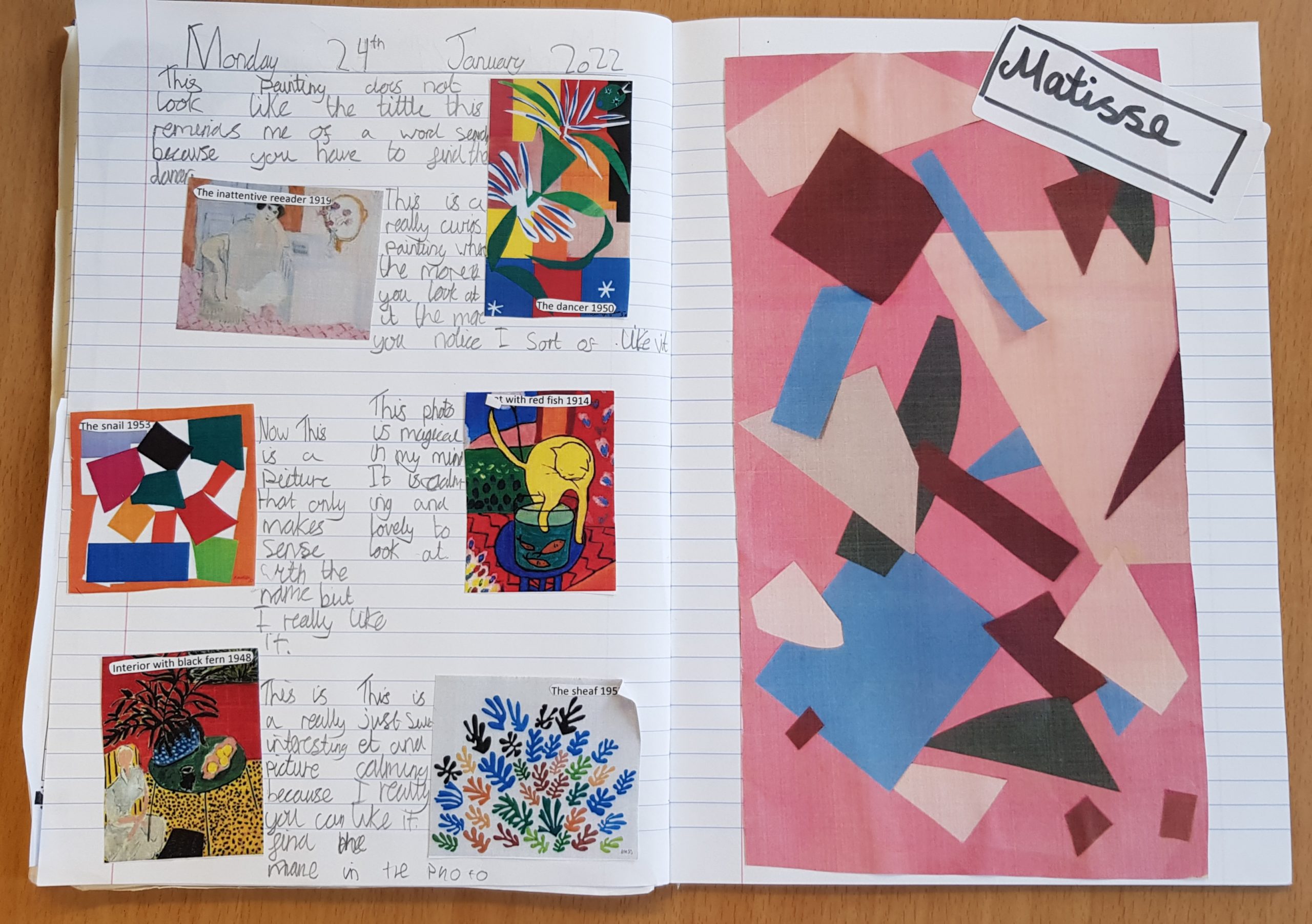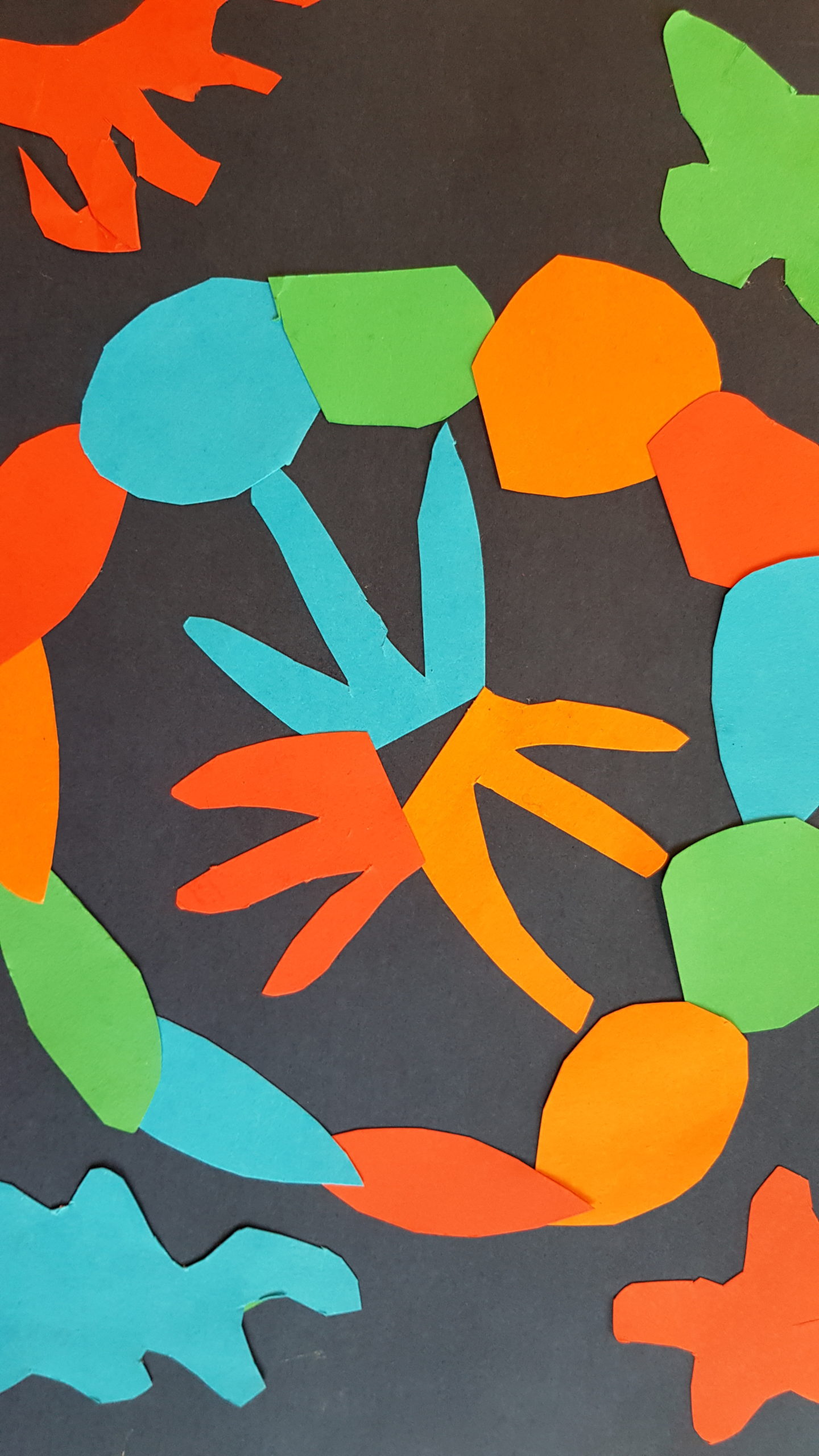Art
Art Aims
- Art develops curiosity, teaching pupils to observe the world thoroughly and carefully.
- Art creates opportunities to explore different materials and develop their own ideas of how to use them effectively.
- Art is an important part of developing pupils’ ability to express their individual creativity, working both individually and collaboratively with others.
- Art takes pupils to other worlds, cultures and times, as they explore ideas in the work of a variety of artists.
Why is Art important?
Art education has been proven to have remarkable impacts on academic, social, and emotional outcomes, helping us develop empathy as we learn more about societies, cultures and history.
Engagement with art helps us stretch our minds beyond the boundaries of the printed text or the rules of what is provable to encompass visual-spatial learning and develop motor skills.
Through art, we learn to express ourselves confidently and creatively.
When is Art taught?
Art is taught through thematic units. The overview maps out which thematic units feature this subject and the Long-Term Plan clearly shows the objectives taught.
How is Art taught?
Art is taught through a combination of subject knowledge and skills. Learning takes place both inside and outside the classroom.
Who do we learn about in Art?
We learn about the following artists:-
Jack Kirby, Julie TaymorRomero Britto, Jackson Pollock, Pietro D’Angelo, Christy Brown, Ivan Aivazovsky, Cesar Manrique, Theresa Elvin
What do we learn in Art?
In art, we learn about the mediums of collage, textiles, photography, drawing, painting, 3D form and sculpture, as well as mixed media.
How do we assess and monitor Art?
Assessment is an ongoing process in the classroom as teachers observe pupils’ oral and written responses. Opportunities for assessment exist in medium term plans and are built into all activities. When a new unit is introduced the title and supporting materials are displayed to a class. Pupils use their existing knowledge to summarise what they already know about the topic and consider what will be taught. At the end of a unit pupils are encouraged to reflect on their learning against unit knowledge ladders. As a class a theme review sheet will be completed.
The learning objectives and outcomes within each lesson offer teachers opportunities for checking progress. Consistency of judgment is ensured by using skills ladders and advice by the coordinator. The main method of assessing children’s knowledge, skills and understanding is through the use of Assessment for Learning. Parents are informed of curriculum coverage in a curriculum newsletter sent out each term and the progress achieved by their child in the end of year report.




